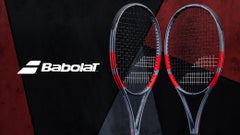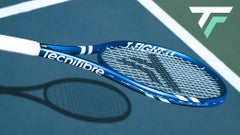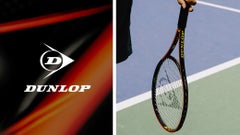Basic Facts About Frames & Strings
Editor's note: The following information was supplied by former USRSA Technical Advisor Steve Davis. He was also the Director of Research & Development for Prince Sports Group. We think it's safe to say that Steve knows his basic racquet and string facts.
Note that these facts are presented as generalities - and certain variables or modifications can alter the norm. For instance, a stiffer frame generates more power (Basic Racquet Fact #4), although a stiff frame badly strung may generate less power than a more flexible frame properly strung for power players.
Also note that the statements below are relative. When we say a heavier frame generates more power, arbitrarily adding weight to your frame isn't going to necessarily give you the power you need (and adding too much weight could sacrifice maneuverability). Note that other factors come into play. If you're interested in more power, try adding weight in gradual increments...say 3 or 4 grams at a time. So, basically speaking:
Racquet Facts
- A heavier frame generates more power.
- A heavier frame vibrates less.
- A heavier frame has a larger sweetspot.
- A stiffer frame generates more power.
- A stiffer frame has a larger sweetspot.
- A stiffer frame transmits more of the shock load to the arm than a more flexible frame.
- A stiffer frame provides a more uniform ball response across the entire string plane.
- A larger frame generates more power.
- A larger frame is more resistant to twisting.
- A larger frame has a larger sweetspot.
- A longer frame generates more velocity and therefore more power.
- The string bed in a longer frame generates more spin due to increased velocity.
String Facts
- Lower string tensions generate more power (providing string movement does not occur).
- Higher string tensions generate more ball control (for experienced players).
- A longer string (or string plane area) produces more power.
- Decreased string density (fewer strings) generates more power.
- Thinner string generates more power.*
- More elastic strings generate more power. (Generally, what will produce more power will also absorb more shock load at impact.)
- Softer strings, or strings with a softer coating, tend to vibrate less.
- Thinner strings tend to produce more spin.
- Increased string density (more strings) generates more control.
- The more elastic the string, the more tension loss in the racquet after the string job.**
**Pre-stretching aligns (stretches) the polymer chains in the string and "sets" the string, which reduces tension loss, albeit slightly. Generally, the more pre-stretching (prior to stringing) the less tension loss after stringing.













